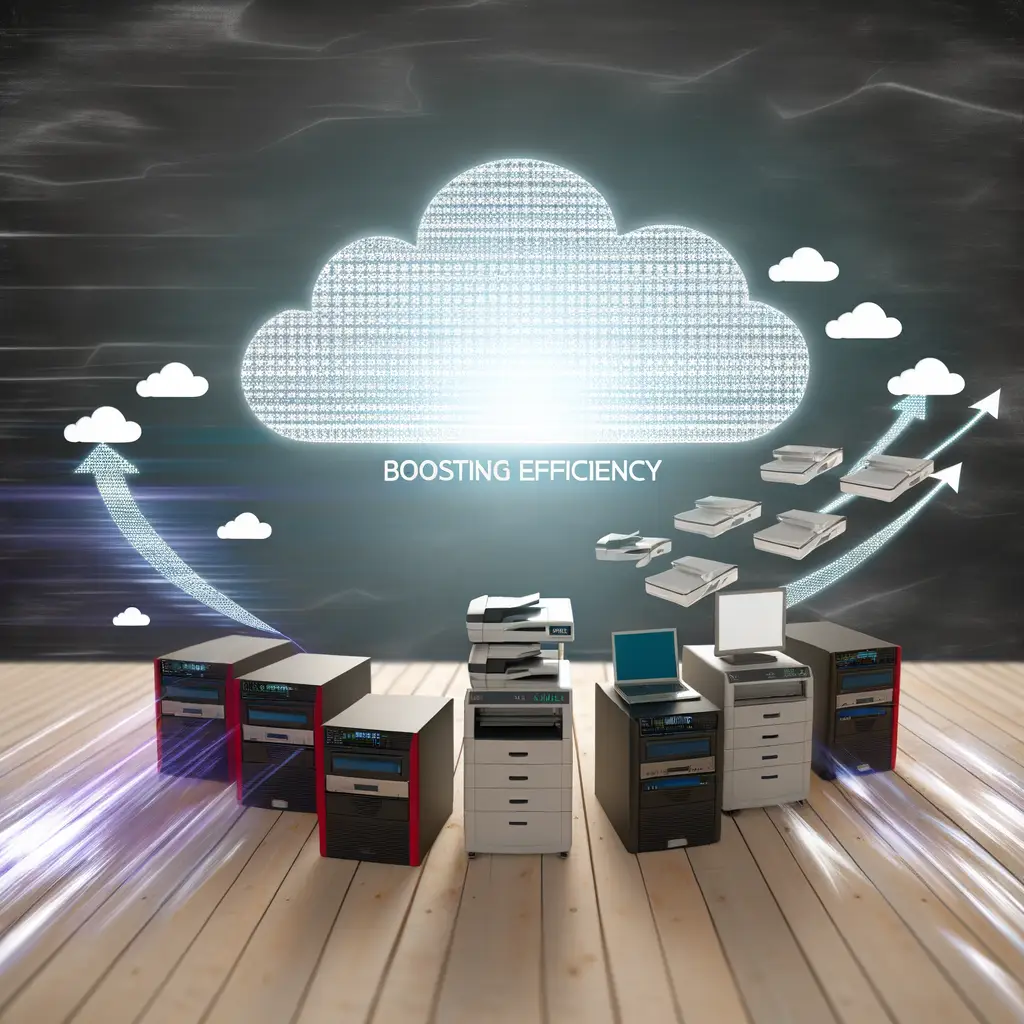Transitioning from in-house to managed IT services can be a strategic move for businesses looking to boost efficiency and scalability. This shift involves outsourcing IT tasks to specialized external providers, enabling companies to focus on core operations. The following sections will explore the benefits of this transition and provide a roadmap to ensure a smooth changeover.
Benefits of Moving to Managed IT Services
Switching to managed IT services offers numerous advantages:
- Cost Efficiency: By outsourcing IT operations, businesses eliminate the need for a full-time, in-house IT team, saving on salaries, training, and equipment costs.
- Access to Expertise: Managed service providers (MSPs) bring specialized skills and knowledge, offering advanced technology solutions that might not be available internally.
- Scalability: With managed services, businesses can easily scale their IT resources according to need, ensuring they remain agile and capable of handling growth.
- Focus on Core Business: By handing over IT responsibilities to experts, businesses can better focus on strategic, core activities that drive their mission and goals.
Recognizing these benefits highlights why many companies opt for managed IT solutions.
Steps to Transition Smoothly
Making the transition from an in-house IT department to managed IT services requires careful planning and execution. Here’s how to ensure a seamless changeover:
- Assess Your IT Needs: Identify what services and capabilities your business requires and what can feasibly be outsourced. This assessment is crucial for finding a provider that matches your needs.
- Select the Right Partner: Not all MSPs are created equal. Research potential providers, review their service offerings, and assess their reputation and expertise within your industry.
- Plan the Transition: Create a detailed transition plan that outlines timelines, responsibilities, and communication strategies to ensure all stakeholders are aware and on board.
- Ensure Data Security: Partnering with an MSP does not absolve a company of its data responsibilities. Implement measures to secure sensitive information before transfer and ensure compliance with data protection regulations.
- Continuous Evaluation: Post-transition, continuously assess the performance of the managed services and be open to feedback and adjustments to improve service delivery.
Each of these steps is crucial for ensuring that the transition minimizes disruptions and maximizes benefits.
In conclusion, shifting from in-house to managed IT services can effectively streamline operations and enhance a business’s focus on core objectives. By carefully evaluating needs, choosing the right managed service provider, and executing a well-planned transition, companies can enjoy cost savings, expert support, and scalable solutions that keep pace with growth.




